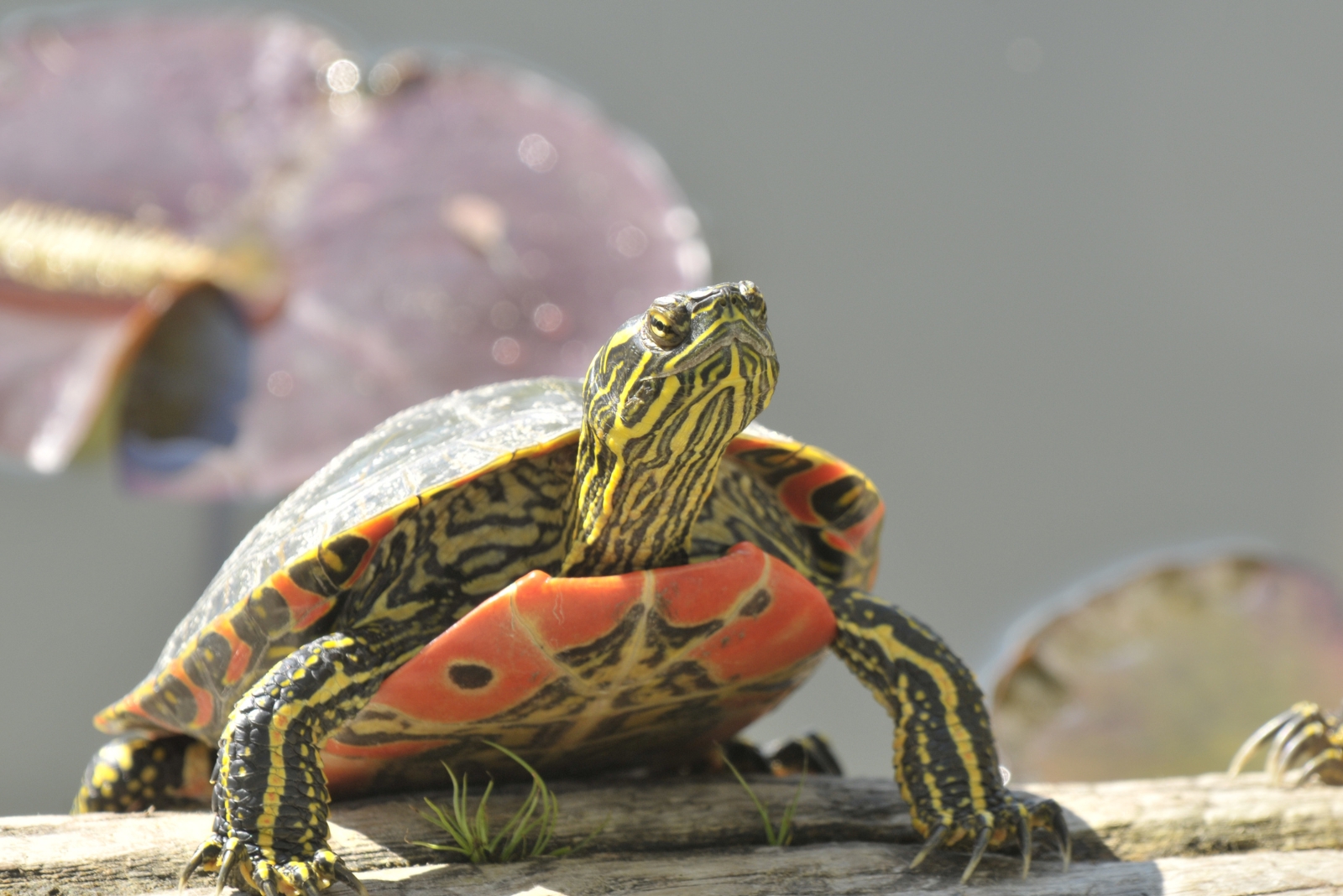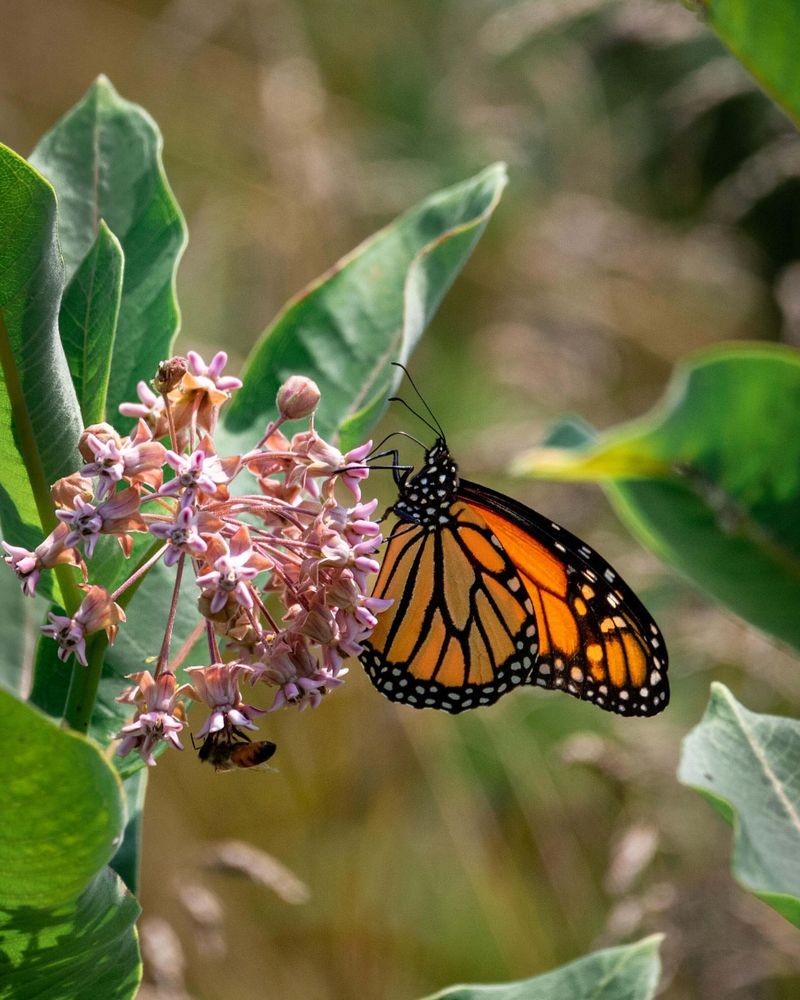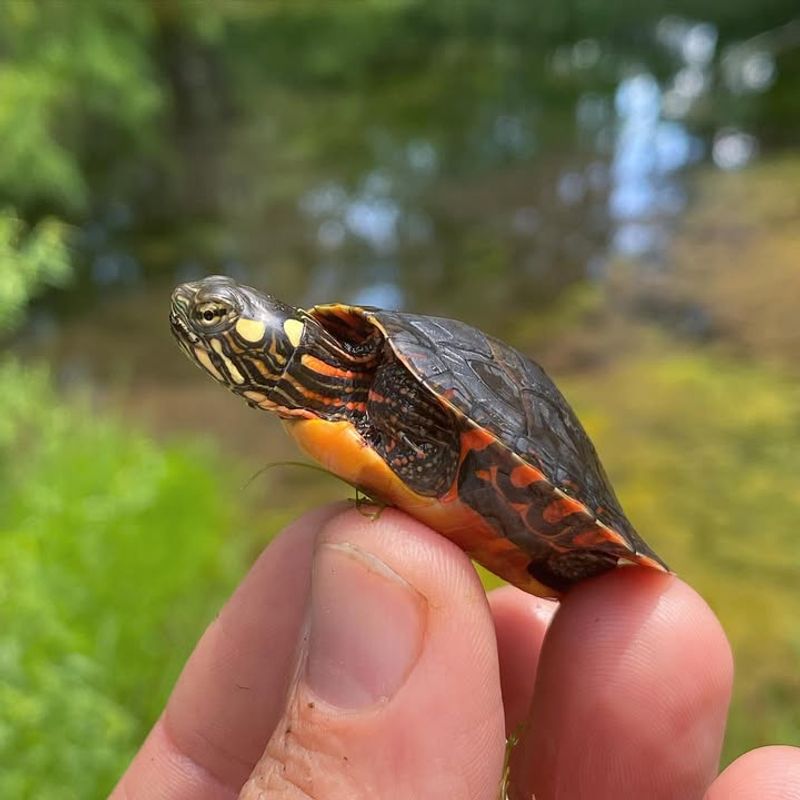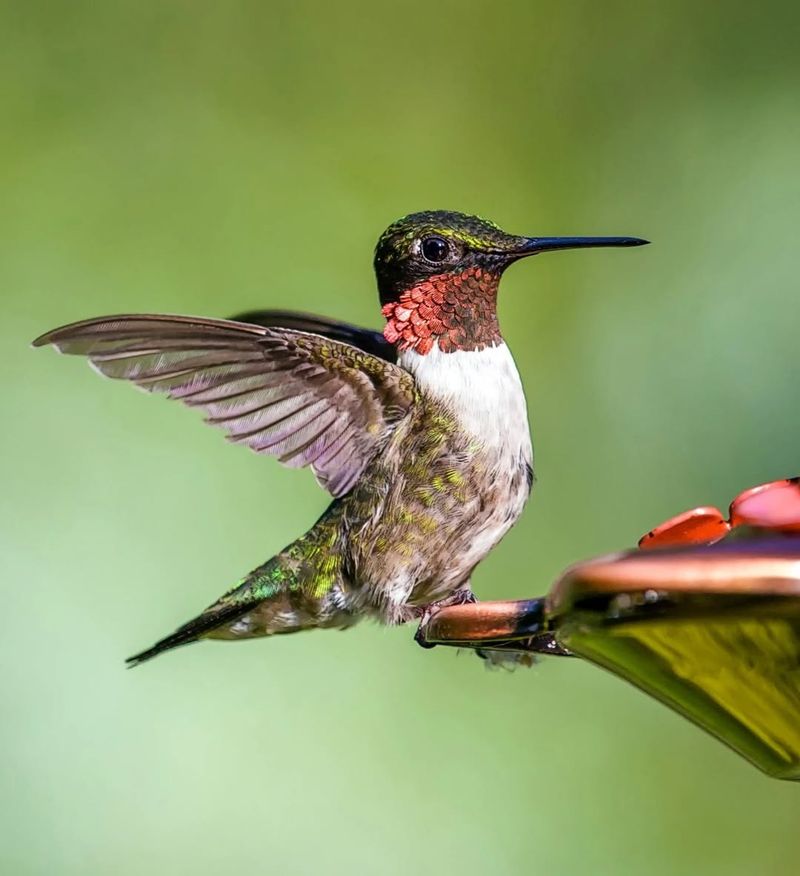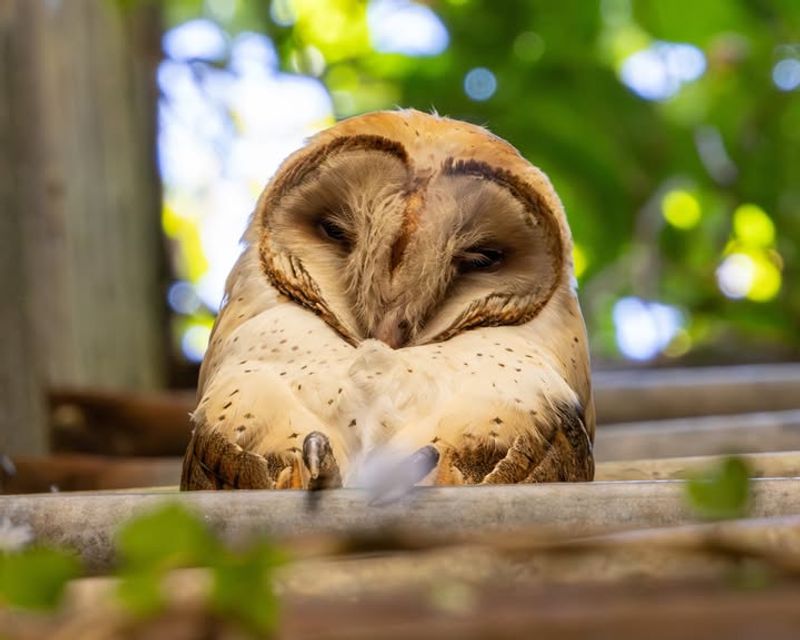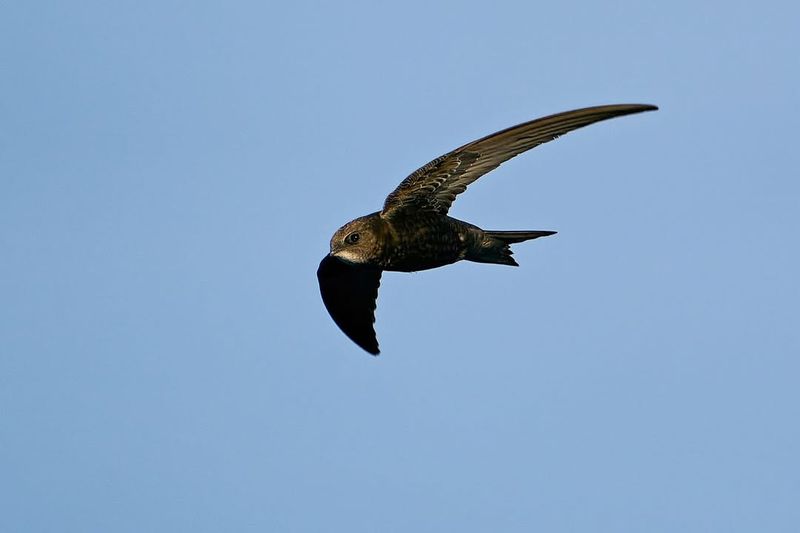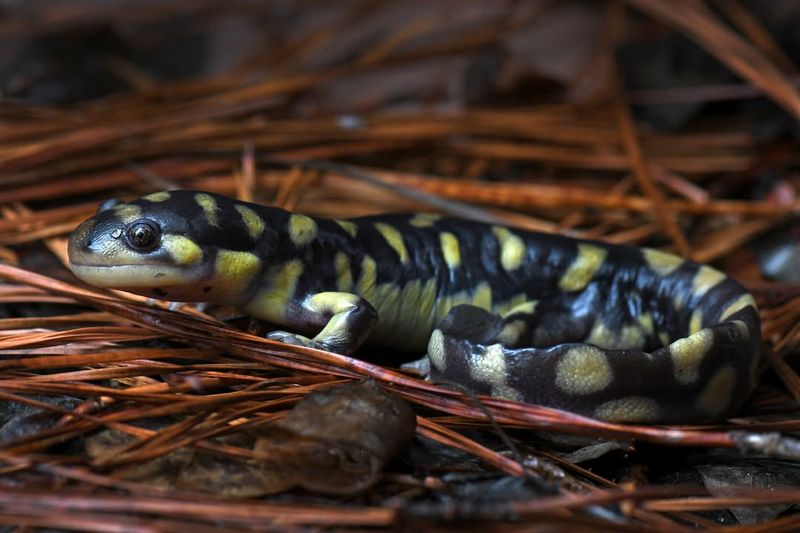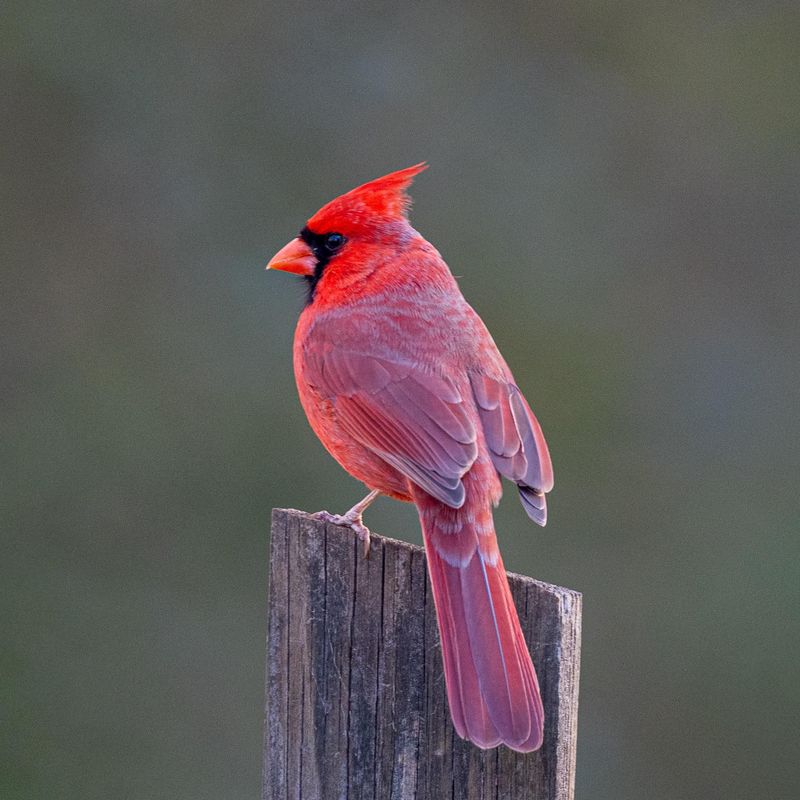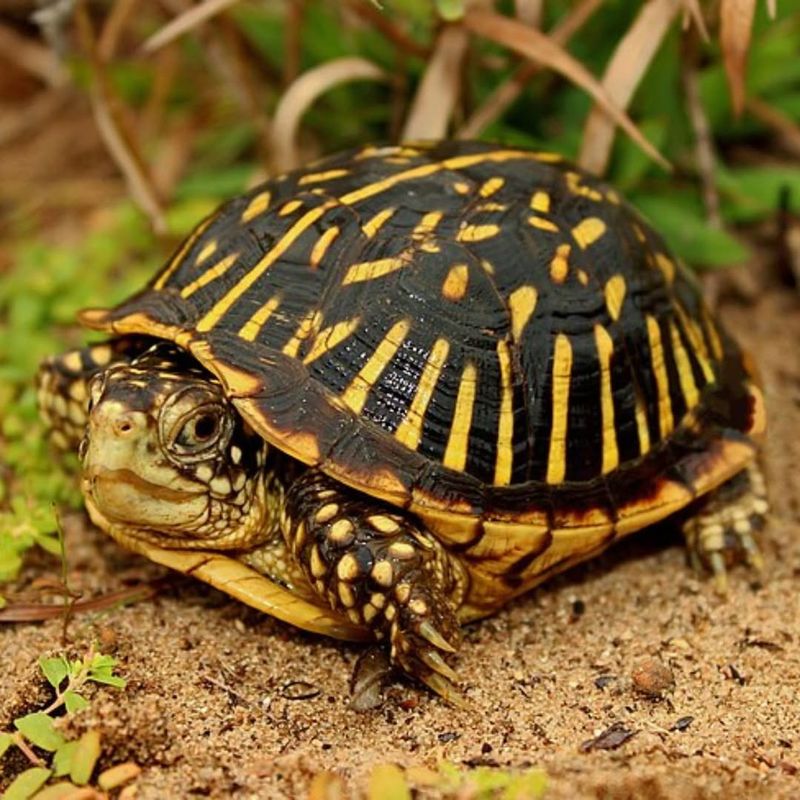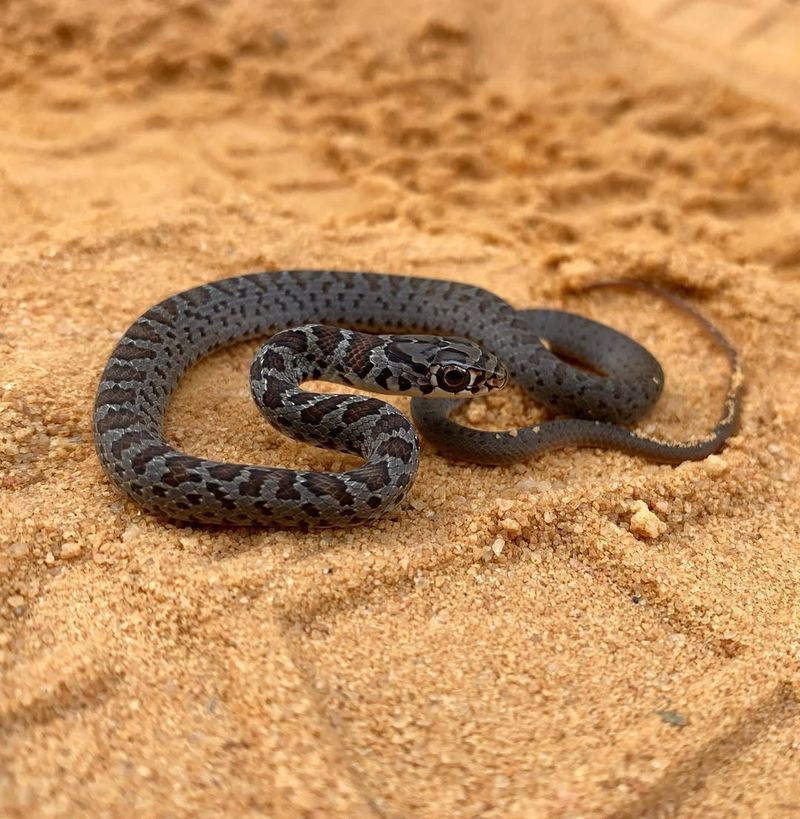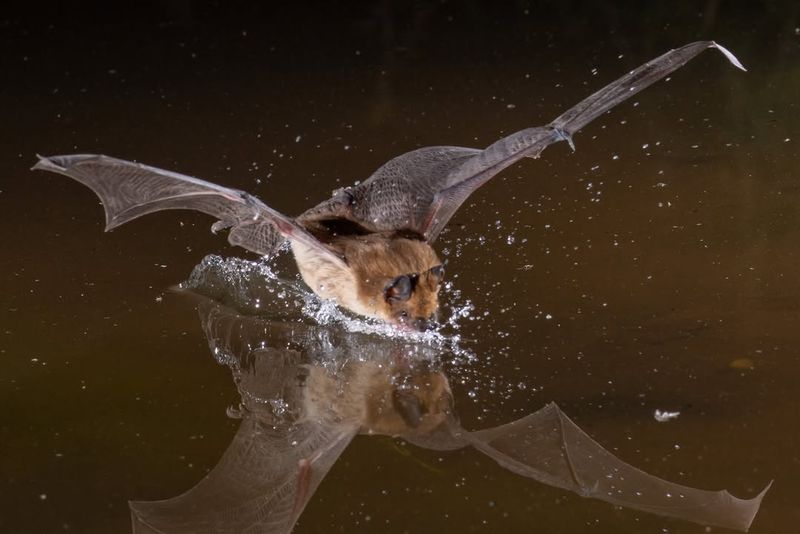Kansas is home to some surprising protected wildlife that gardeners often don’t realize they can’t move. I’ve spotted a few of these creatures myself and learned quickly that they come with special rules.
Understanding which animals are off-limits helps you avoid fines and frustration. Respecting these residents keeps your home and garden in harmony with nature.
1. Eastern Bluebird
Bright blue feathers make this songbird a welcome sight across Kansas neighborhoods. Protected under the Migratory Bird Treaty Act, these insect-eaters help control pest populations naturally.
Nest boxes in your yard attract breeding pairs during spring and summer months. Removing their nests or eggs violates federal law, carrying penalties up to six months in jail.
If bluebirds choose your property, consider it a compliment to your garden’s health and beauty.
2. Monarch Butterfly
Orange and black wings signal one of nature’s most incredible migrations through the Sunflower State. Kansas serves as crucial habitat during their journey between Mexico and Canada each year.
Caterpillars depend exclusively on milkweed plants, which many gardeners once considered weeds. Harming monarchs or destroying their host plants now violates wildlife protection statutes.
Planting native milkweed supports these pollinators while adding stunning beauty to any Kansas landscape throughout summer.
3. Painted Turtle
Colorful markings decorate the shells of these aquatic reptiles found near Kansas ponds and streams. Regulations prohibit capturing wild turtles for pets, even when they wander into residential areas.
Basking behavior helps them regulate body temperature and absorb essential vitamin D from sunlight. Removing turtles from their territory disrupts local ecosystems and breeding patterns.
Observing them from a respectful distance lets you appreciate their role in maintaining healthy waterways across Kansas.
4. Ruby-throated Hummingbird
Iridescent throat feathers flash brilliant red when males defend feeding territories in Kansas gardens. Federal protections cover all hummingbird species, their nests, and eggs without exception.
Weighing less than a nickel, they migrate incredible distances between Central America and North America. Sugar water feeders supplement natural nectar sources, attracting multiple visitors during peak season.
Watching their aerial acrobatics provides entertainment while supporting species survival through challenging migration journeys each year.
5. Fox Snake
Often mistaken for venomous copperheads, these harmless constrictors actually benefit Kansas homeowners significantly. Protected status means relocating them requires contacting licensed wildlife rehabilitators or conservation officers.
Rodent populations stay controlled naturally where fox snakes establish hunting territories around properties. Their musky odor when threatened smells similar to foxes, explaining their common name.
Learning proper identification prevents unnecessary panic when encountering these valuable pest controllers in your Kansas yard.
6. Barn Owl
Heart-shaped faces and silent flight make these nocturnal hunters incredibly effective at controlling rodent populations. Kansas farmers historically welcomed barn owls, which now receive full legal protection statewide.
A single family consumes hundreds of mice and rats annually, reducing crop damage naturally. Disturbing nesting sites or removing owlets constitutes wildlife harassment under current regulations.
Installing nest boxes encourages these beneficial raptors to patrol your Kansas property throughout the year safely.
7. American Toad
Bumpy skin and melodious evening trills announce these amphibians’ presence in Kansas gardens each spring. Consuming hundreds of insects nightly makes them valuable allies against garden pests.
State regulations protect all native amphibian species from collection or harm without proper permits. Moist hiding spots under rocks or logs provide essential daytime shelter from predators and heat.
Tolerating their presence rewards Kansas gardeners with natural pest management and delightful nighttime serenades throughout summer.
8. Chimney Swift
Cigar-shaped bodies and rapid wingbeats characterize these aerial insectivores that nest inside Kansas chimneys. Protected under migratory bird laws, their nests cannot be removed during breeding season.
Thousands of flying insects get consumed daily by active colonies residing in residential structures. Capping chimneys should wait until fall migration concludes and nests become vacant.
Their chittering calls at dawn and dusk signal healthy insect populations supporting these beneficial birds across Kansas.
9. Tiger Salamander
Bold yellow and black patterns make Kansas’s largest terrestrial salamander easy to identify in moist habitats. Spending most time underground, they emerge during rains to hunt insects and worms.
Population declines have prompted protective measures prohibiting collection from wild Kansas populations. Breeding occurs in temporary pools where larvae develop before transforming into land-dwelling adults.
Preserving vernal pools and avoiding pesticides helps maintain healthy tiger salamander populations throughout the Kansas countryside naturally.
10. Northern Cardinal
Brilliant red plumage and cheerful songs make male cardinals Kansas favorites year-round. Both sexes enjoy legal protection under federal statutes prohibiting capture or harm.
Territorial pairs often nest in dense shrubs near Kansas homes, raising multiple broods annually. Seeds, berries, and insects provide varied nutrition throughout changing seasons.
Backyard feeders stocked with sunflower seeds attract these stunning residents, offering close-up viewing opportunities for nature enthusiasts statewide.
11. Ornate Box Turtle
Intricate yellow patterns decorate the domed shells of Kansas’s state reptile, found in prairies and grasslands. Collecting wild box turtles for pets became illegal due to severe population declines.
Long lifespans exceeding fifty years mean individuals contribute to ecosystems across multiple generations. Removing even one turtle disrupts breeding dynamics within small, isolated populations.
Photographing them before allowing them to continue their journey respects Kansas wildlife laws while creating lasting memories.
12. Racer Snake
Lightning-fast movements and glossy black scales distinguish these active hunters in Kansas gardens and fields. Non-venomous and beneficial, they control rodent and insect populations around homes.
Protected status prevents removal even when they appear in unexpected locations like garages or sheds. Their speed and agility make them fascinating to observe from safe distances.
Understanding their ecological value helps Kansas residents appreciate these misunderstood reptiles as important environmental partners rather than threats.
13. Big Brown Bat
Glossy brown fur and strong flight make these larger bats common around Kansas homes at dusk. Feeding primarily on beetles and other crop pests, they provide valuable agricultural services.
Legal protections require professional exclusion services rather than extermination when colonies roost in buildings. Maternity colonies raise young during summer, making timing crucial for humane removal.
Appreciating their mosquito-control abilities helps Kansas homeowners tolerate temporary cohabitation until bats relocate naturally each autumn season.

